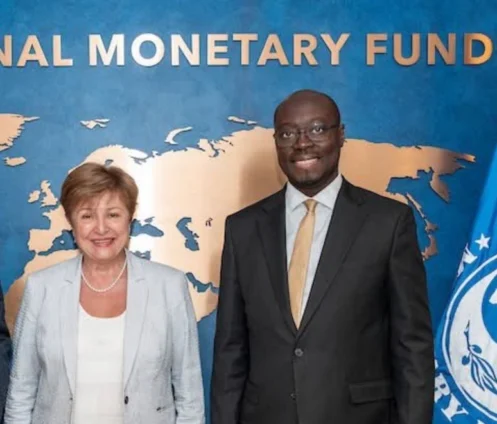The government of Ghana released projected figures in its 2026 budget late Thursday, indicating an ambition to sustain economic gains made in 2025 as reforms backed by the International Monetary Fund (IMF) near their terminal point.
Finance Minister Cassiel Ato Forson, who presented the budget, told parliament that the government projects to hold inflation down between 6.0 percent and 10 percent by the end of 2026.
The West African cocoa, gold, and crude oil exporter targets an economic growth rate of at least 4.8 in 2026, with an increase in revenue and grants by 18 percent to 268.1 billion Ghana cedis (24.4 billion U.S. dollars).
“Our focus is on expanding the tax net, not overburdening existing taxpayers. Expenditure growth will remain disciplined; primary expenditures will rise modestly from 14.2 percent of GDP in 2025 to 15.3 percent in 2026,” Forson pledged.
Consequently, he said the government projects to achieve an overall budget deficit of 2.2 percent of Gross Domestic Product (GDP), compared to 2.8 percent in 2025, with a primary budget surplus of 1.5 percent of GDP.
According to him, the strong fiscal policy stance “balances consolidation with growth, maintaining discipline while safeguarding resources for resetting for growth, jobs, and economic transformation.”
The minister added that the government would also work to achieve gross international reserves of not less than three months of import cover, ensuring a strong external sector and a strong defense for the Ghana cedi.
Burdened with ballooning debts, surging inflation, foreign exchange volatility, and increasing cost of living, the Ghanaian government commenced reforms in May 2023, backed by a loan of 3.0 billion dollars from the IMF. The reform program comes to an end by May 2026.

